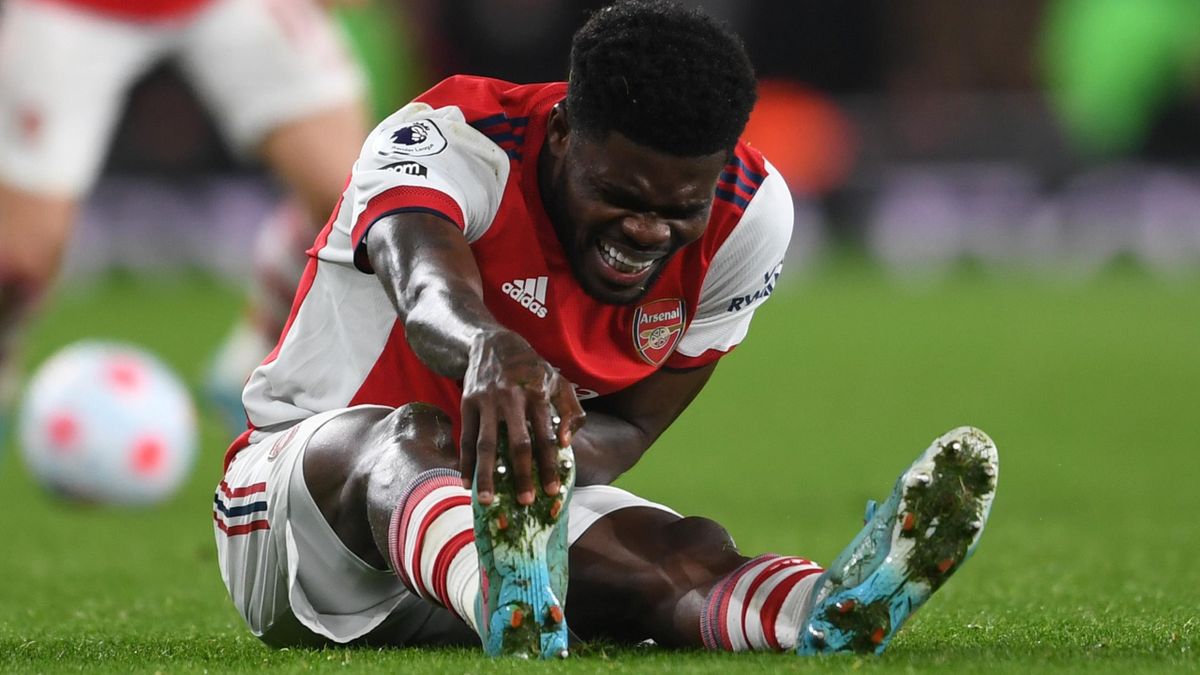

“Get closer than ever to your customers. So close that you tell them what they need well before they realize it themselves” …. Steve Jobs.
Dear readers, welcome to the second part of this series. The stories of Relationship Officers (ROs) and Relationship Managers, (RMs) and their targets is my topic for today. Stress in banking customer relationship management can stem from various factors, including high expectations, tight deadlines, and the constant pressure to maintain customer satisfaction. Managing these stressors effectively is crucial for both the employee’s well-being and the bank’s overall performance. Before I continue, I want to appreciate someone in the service industry.
Kudos to Kailash Bitla, Suoervisor at Noble house Chinese Restaurant, Tesano
Once again I wish to appreciate the Supervisor of Noble house Chinese Restaurant, Tesano, Mr. Kailash Bitla. I attended a corporate event recently at the restaurant and had an amazing experience when Mr Bitla exhibited all the service delivery standards and was in full control to ensure our comfort, rolling up his sleeves to be part of the Team. Good services sell themselves and my customer experience was A . Mr Bitla, we shall definitely give you repeat business!! Weldone.
What is Relationship Management?
If you are an RO or RM read this piece carefully. Some are extracts from one of my books, THE MODERN BRANCH MANAGER’S COMPANION…
“Relationship Banking is a strategy used by banks to strengthen loyalty of customers and provide a single point of service for a range of products and services”. Relationship management is the process through which a bank seeks to provide banking products that meet customer needs, risk acceptance criteria, and earnings thresholds. The key aspects of relationship management are:
- Maximize earnings for the bank.
- Engaging customers and encouraging them to provide a share of their banking business to the bank.
- Understanding customers’ business needs & delivering products that meet their business needs at an acceptable price and quality.
- Risk Management: A good understanding of a customer’s risks is required to ensure that the package of products offered is appropriate and within risk appetite.
Banks that practise relationship banking take a consultative approach with customers, getting to know their particular situation and needs and adapting to changes in their financial or business lives. Whether for an individual or small business, a relationship banker will engage in high-touch service to try to make their banks the ‘one-stop shop’ for their A-to-Z needs”.
The Targets
- Financial Performance Targets:
- Operational Efficiency Targets:
- Product and Service Targets:
- Target Market Segments:
- Sales Targets
This summary shows that the job Expectation from ROs and RMs is a tall order.
Costs & Benefits of Relationship Management
Do you sometimes wonder what the costs and benefits of the relationship banking concept are? A relationship management operating model enables the RMs to obtain a better understanding of a customer’s business operations, needs, and risks.
This means that RMs are in a better position to recommend products that meet their customers’ business needs and identify new business opportunities and support requests for increased credit facilities – or one-off proposals that are outside their normal risk criteria. They also build a good relationship with the key decision-makers, spot early warning signs of potential customer problems and deal with issues or complaints.
All these can help a bank maximize earnings from a customer relationship, but there is no guarantee that any income will be earned, and it is a costly process. Negotiating a package of facilities and getting this package approved can be time-consuming. There is also a risk that the customer may not use the facilities if a competitor offers a better deal.
Relationship management is only cost effective where the actual income earned is sufficient to cover the relationship management costs. The direct costs are those related to the RM team (mainly salaries and premises), but the indirect costs of credit approval and loan administration also need to be covered. Risk costs, credit losses, and capital costs, which vary according to the risk of the customer and/or the product, have to be factored in.
While doing your best to meet the above targets and job expectations, the overall appraisal also factors in your ability to resolve complaints from customers properly, even if the complaints are not from the RO or RM. In achieving your target, the RM should be the liaison between the customers and the bank, escalating their requests to different departments and following up on them. Sometimes you are torn between some demanding customers and the bank. This is common with multi-banked customers who pitch your services against the competition. Some ask for outrageous rates and conditions.
Responsible Relationship Banking – Managing Customer Complaints
Let us examine some of the complaints of customers in our part of the world. How do you prevent and reduce some of them?
- Wrongful dishonour of cheques
- Payment of stopped cheques
- Wrongful debits on accounts
- Customers not informed of return of cheques deposited
- SMS not effected to reflect transactions
- Rude and unprofessional staff
- Unknowledgeable/Ignorant front-liners
- Unprofessional telephone etiquette resulting in delayed responses to customers.
- Lack of education on product features and benefits
- Delays in loan processing.
- System failures and lack of responsiveness of staff
- Lack of queue management causing delays in banking hall transactions.
- Unavailability of call center response despite 24/7 promise
- Laid-back in resolving digital enquiries
- Non-interactive websites.
- Wrong or stale information on websites
- No or delayed communication when system breaks down.
The answer is to familiarize yourself with most aspects if the operations if related departments, escalate and follow up on customer complaints.
Managing Key Accounts
A key account is one of your most important customers with whom it is crucial to develop and maintain an added value relationship to improve your business. Banks categorize or segment their customers into various groups for various reasons. I am sure you will agree that some customers, by their sheer size and complexity demand additional time to meet their desired expectations.
Account holders who demand extra time and monitoring, mostly due to their type of business operations, are usually charged more and therefore, contribute more to a bank’s bottom-line. Savings and personal account holders are fairly easy to manage as compared to business account holders, groups of companies, conglomerates and multi-national companies. One key point is that despite the differences, all customers must be treated FAIRLY.
Key accounts are the consistent high revenue producers (remember 20 per cent of your customers probably produce 80 per cent of your revenue). They also offer opportunities to increase sales/revenue and are strategically important industry or market leaders. They also offer reduced sales costs because it is cheaper to grow your business with existing customers than to deploy a salesforce to find and secure new ones.
Why A Key Account is Different
Your key account customers differ from your other customers in many ways. Your competitors are constantly trying to win them from you. In the case of corporate accounts, you may find that there are multiple decision-makers and other staff who may influence the company’s business relationship with your bank. It is especially important to understand your key account’s business.
The Expectations of a Key account holder
Their expectations are high. Some of them are very financially sophisticated and expect “an arm and a leg” from you. After all, they know their worth to your bank. Your key account will expect you to be the main link into your bank for all issues, understand its business, market needs and competitive environment, help sell them products/services that achieve their business objectives, add value to the business relationship with your bank by, for example, acting as a consultant on issues not directly related to your main business. Last but not the least, they always expect you to act with integrity and in a professional manner.
The Expectations of Your Bank
From your bank’s perspective, every relationship manager, guided by the branch manager is expected to understand all aspects of the key account’s business, proactively develop more business with the customer, establish strong relationships with the decision makers in your customer’s organization, build a wide awareness of the Bank’s capabilities throughout the key account, handle the key account in a professional manner on a day-to-day basis, and develop a true business partnership with the key account. Once again, the integrity and professionalism aspects are critical to success.
The RM’s Dilemma!
The key to successful relationship management is to increase your influence with the decision maker in your key account. To do this, you must find out who’s who in the decision-making process, understand the ‘internal politics’ in your customer’s organization, the network in the key account and so become familiar with the whole organization. One thing a manager or relationship officer should never do is to think that apart from the main customer, (the account holder), the CEO, Board Chairman, etc, nobody else matters in the company.
Next week, I will share a true story about an RM’s confusion in a key account holder’s business operations.
to be continued…
The post Risk WATCH with Alberta Quarcoopome: Meeting targets! A bank staff’s headache (2) appeared first on The Business & Financial Times.
Read Full Story










![Kofi Adomah walks on street, shows recovery signs after being shot in eye [Video]](https://sportal365images.com/process/smp-images-production/pulse.com.gh/14042025/e9b0a707-a08e-429e-ac31-07b9cadeea57.png)











Facebook
Twitter
Pinterest
Instagram
Google+
YouTube
LinkedIn
RSS